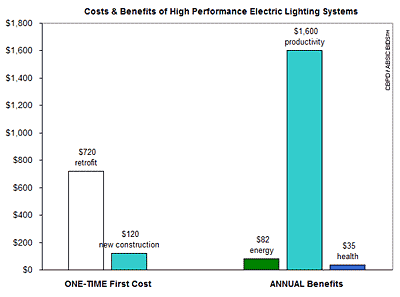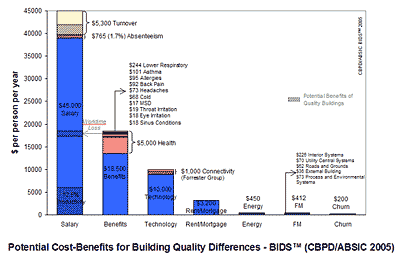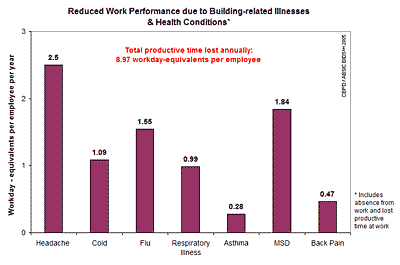The Green Market Reaches Critical Mass
Does green really cost more?
SmartMarket points out that the USGBC and AIA are not the only groups involved in promoting green building efforts, though they enjoy the highest market penetration and public profile in relation to commercial green building. Other groups include the Sustainable Buildings Industry Council, Green Building Initiative, National Association of Home Builders, Southface Energy Institute, Energy & Environmental Building Association, New Buildings Institute, Inc. as well as a multitude of other groups.
|
||||||||||||||
It acknowledges that through these efforts, green building has remained at the forefront of the construction industry and has gained momentum to change construction practices.
More than half the architects surveyed expressed a strong preference for an independent third party to provide green building information and for a green products standard. At present there are a number of bodies, including manufacturer associations, which offer green certifications. One of the newest that will garner considerable respect is McDonough Braungart Design Chemistry (MBDC)'s Cradle to Cradle Certification, which recently announced the first products to qualify under rigorous examination that met stringent environmental and human health standards.
|
||||||||||||||
One of the salient issues covered in the survey concerns perceptions regarding the costs of green, which are not supported by research.SmartMarket found that all sectors of the AEC community cited higher first costs as the paramount obstacle to green building. Yet nearly all literature, from organizations ranging from the USGBC to the U.S. Department of Energy's Building Technology Program, highlights the cost-effectiveness of green building. Most literature suggests green building can be achieved for comparable costs to standard construction, with better up-front planning and/or energy or other cost savings as a result of green construction.(See sidebar for lists of research groups and research papers)
|
||||||||||||||
Productivity gains, though far more difficult to quantify than energy savings, have substantially larger payback potential and may be the key to more widespread adoption of green building. Though energy expenditures are the largest operating expense, the Building Owners and Managers Association (BOMA) and the Electric Power Research Institute state that office workers' salaries are 83.4 percent of total annual commercial expenditure whereas energy, electricity and repair and maintenance together amount to only 3 percent. But despite the need for research on productivity, the report states, payback data is scarce with few major studies quantifying green building performance. Among those who are actively studying productivity are the Carnegie Mellon University Center for Building Performance and Diagnostics and the University of California, Berkeley Center for the Built Environment.












